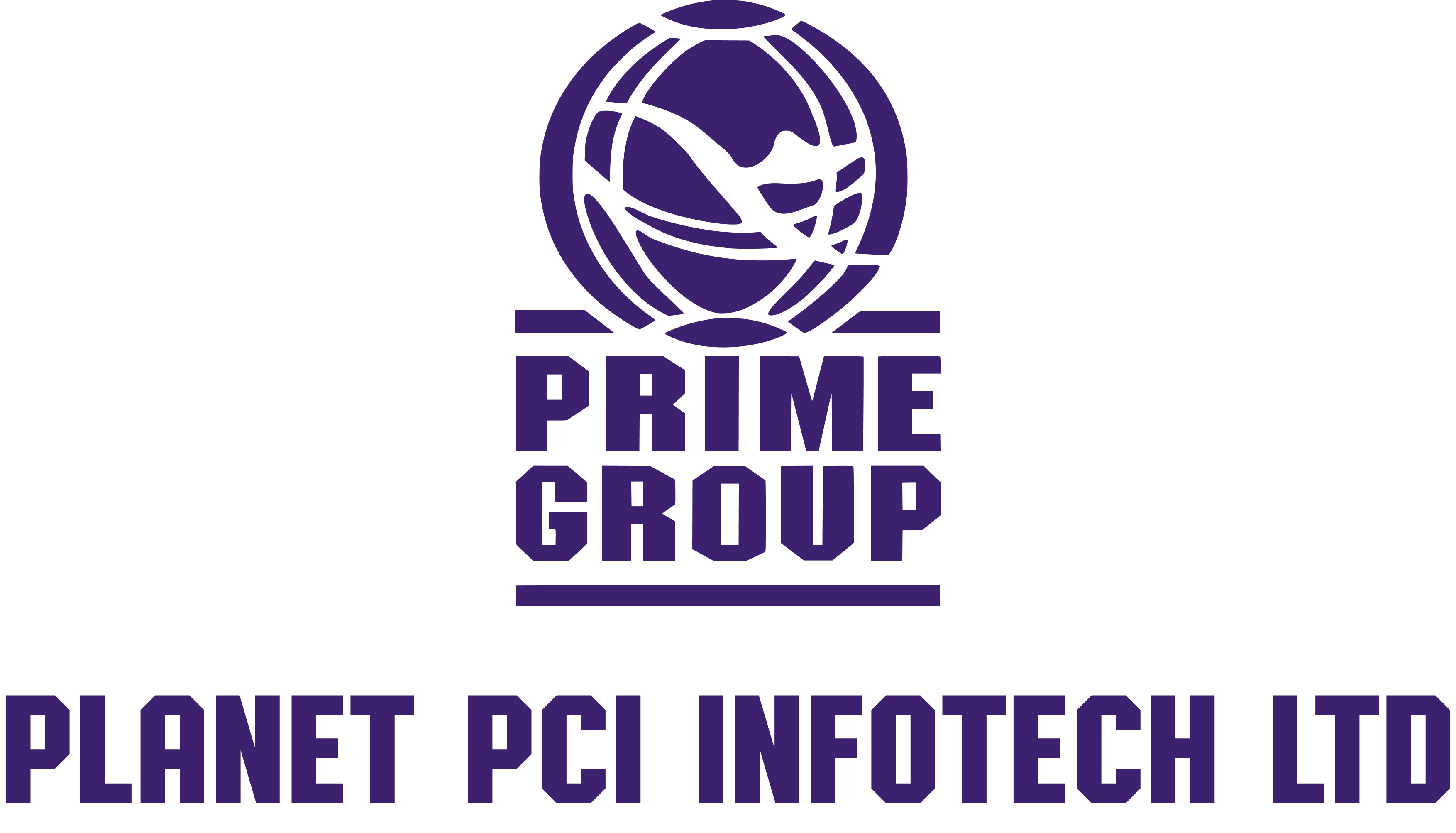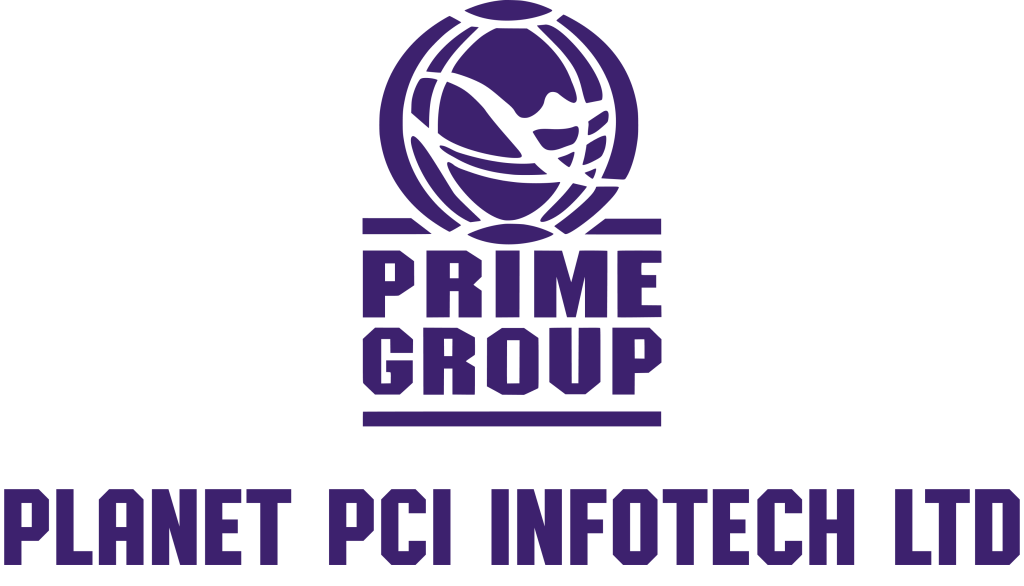An electronic DMS (Document Management System) is a system for tracking and storing documents. In its original state, it was meant mainly to convert paper documents to digital documents.
Thus, DMS was often called an electronic filing cabinet. But currently, it has many more useful features. Of course, DMS is a way to automate manual processes. It has become a key ingredient in the digital transformation of any organization.
How does it work?
In a nutshell, it captures documents, it stores documents, and it distributes documents.
Document Capture
DMS needs to capture data from any source. This capture is the ability to save documents such that you can retrieve them easily when you want. This implies indexing which helps classify a document and the documents can be accessed even after several years when done well.
There are many ways to capture documents:
- Paper documents
For capturing paper documents, high speed scanners have always been used. But this is not enough. A DMS should take documents from the scanner and add indexing by a number of orders. Indexing can be done by a person or through ERP or via barcoding.
E-mails are currently important for businesses like for receiving invoices. DMS enables you to capture e-mail messages like invoices, instantly.
- System-generated reports
Business systems, like sales trends, often generate reports. A DMS helps you to capture such reports automatically. This helps your sales team and warehouse managers access them easily.
- Any Application
Apart from such above reports, you may also have application producing documents. These include CRM (Customer Relationship Management) and ERP (Enterprise Resource Planning). DMS can import such documents instantly, which make them easier to share.
Stores Documents
Document management system software needs to have central storage of documents. This is vital for several reasons:
- Central Access
Currently, employees need access to documents anytime, anywhere. After all, documents are important for decision-making. The DMS offers this service to all employees of the company. This may be done on-premises or by using cloud-based storage of documents. Central storage of documents may be used for static content (invoices) or dynamic content (e-mails).
- Document security
Security of documents is as vital as central access. DMS provides security in 2 forms: First, is-it includes version control. This implies tracking any changes made in documents, when and where. Secondly, DMS includes permissions for restricting access.
Retrieval and Distribution of Documents
DMS needs to include document distribution and retrieval. This is vital to ensure that you can use and share your documents.
- Document Retrieval
It needs to be easy and quick for being useful. DMS offers search features to retrieve a document on any keyword search. This is possible by indexing.
- Document distribution
It is a key part of DMS and is the way in which you can send documents to employees, vendors and customers. Using this you can distribute documents in any manner like FTP or e-mail.
- Automation
The modern DMS needs to be able to process digital business content, including workflows. The DMS enables you to automate manual processes and workflows.
These are all top facts about the software of the Document Management System.

